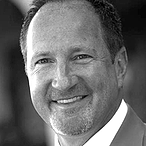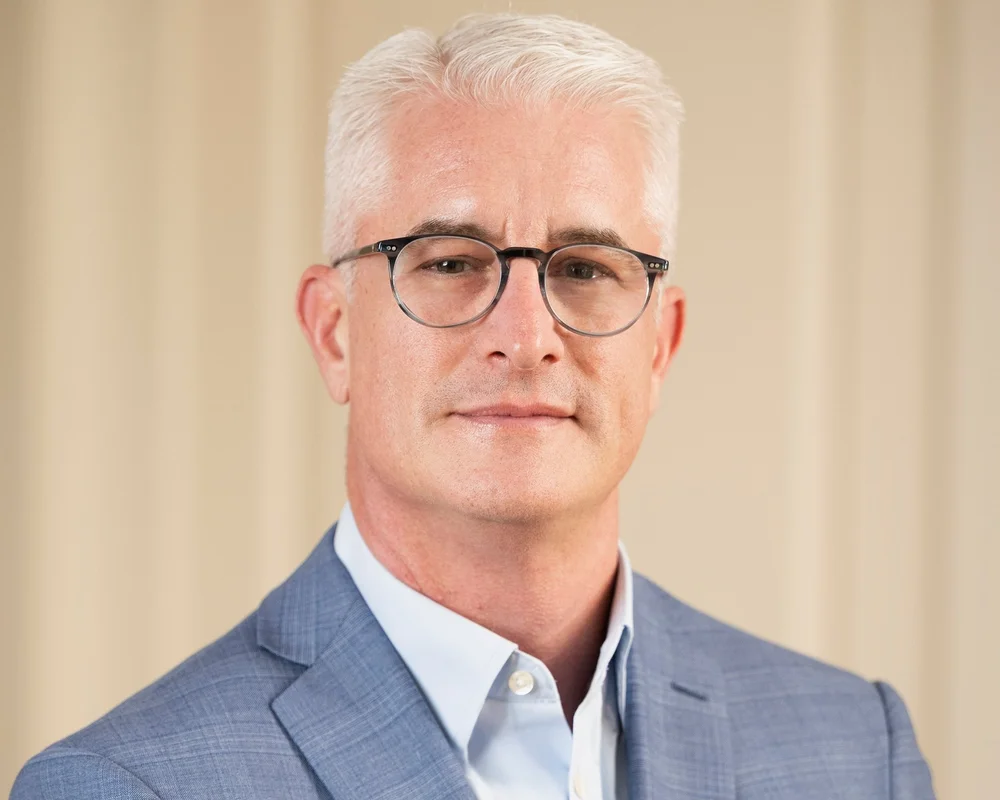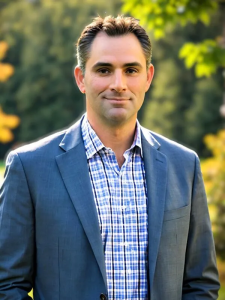 Building fiber networks in third and fourth tier markets has never been easy. But by leveraging the federal E-Rate program and keeping a tight focus, the regional operator Fatbeam has been managing rapid growth up in the Pacific Northwest since its founding less than four years ago. With us today to tell us the how and why of Fatbeam’s approach to fiber networks is the company’s Co-founder and President Greg Green.
Building fiber networks in third and fourth tier markets has never been easy. But by leveraging the federal E-Rate program and keeping a tight focus, the regional operator Fatbeam has been managing rapid growth up in the Pacific Northwest since its founding less than four years ago. With us today to tell us the how and why of Fatbeam’s approach to fiber networks is the company’s Co-founder and President Greg Green.
TR: Fatbeam is a relatively new player in the fiber world, having been founded in 2010. How did you get started?
GG: As you know, all the big boys, whether ILECs and CLECs, are putting their efforts where they can get the highest concentration. Our co-founder Shawn Swanby owns a company called Ednetics, which dabbled in routers, cables, and wireless networks within the four walls of schools etc. And he said, “If I could ever get fiber to schools in some of these rural markets like Butte or Yakima, I could provide them so much more service and this would give us a lead into a market.”
TR: You have used the federal E-Rate program to bring fiber to school districts as a market entry, how does that process work?
GG: E-Rate is finally a meaningful vehicle to get real bandwidth into a rural market. So let’s take Yakima, Washington as an example. When we went there initially they were paying $35,400/month. They were giving out 1Gbps shared connectivity to 24 schools, but when you really looked at it they were only getting 200Mbps from their provider. So we went in there three years ago and provided a 20Gbps network that was dedicated, not shared, for $24,000/month. That’s the kind of story that we pitched with the folks at the FCC and Senate when we were visiting DC a few months ago. When we’re able to do this, not only does the school benefit but we end up putting money back in the E-Rate program for other opportunities. And then the community can benefit from the fiber network because we build excess capacity to serve health care organizations, hospitals, banks, credit unions, and other carriers.
TR: How much fiber do you put in the ground in these markets?
GG: In Yakima the skinniest count on the backbone was 144 strands, and in the core we built 216 strands of fiber. As you know, the real costs are in the engineering, design, and permitting, not the fiber count.
TR: After building the network for the school district, do you target enterprises as well or do you stay on the wholesale side?
GG: A lot of what we do is wholesale, but we do target enterprises like banks and hospitals. But when we go into a market we’re pretty cautious how we do it. We’re very focused on dark fiber and 1Gbps connectivity and you can imagine that there are only a given number of customers per 100,000 population that need that kind of capacity. We’ll identify an ISP that wants to lease some strands of fiber in a long term IRU, and they can be the one that turns that into 10Mbps or 50Mbps or 100Mbps and builds laterals.
TR: So how does the E-Rate program really work? Where do the funds come from and how does a school access them?
GG: On your phone bill you’ll see something called Universal Service. Those USF funds go into a national fund, and a portion of it goes toward schools and libraries. Every school has a percentage metric that is actually based on the free or reduced lunch program, and what they can do is have that same percentage of every dollar they would pay for technology from someone like us reimbursed by E-Rate.
TR: What sort of markets do you target with this approach and why?
GG: Our focus is third and fourth tier markets, between 5,000 and 100,000 in population. These are markets that were traditionally overlooked by the big telecoms, whether it’s CenturyLink or Frontier. They might be serving those markets but they really aren’t investing any dollars there. So we see opportunity in these markets, the school district helps us build a fiber network, and we then lease that capacity to ISPs and others.
TR: In just over three years Fatbeam has already covered quite a bit of territory. Where and how fast should we expect you to expand from here?
GG: We’re in 17 markets today, and of those 15 were driven by the education space. We just bid a project or two in Colorado. We’d like to stay in the Rocky Mountain states and the Pacific Northwest, which means Washington, Idaho, Oregon, Montana, Wyoming, probably northern California in the next couple of years and maybe some Colorado. And as we grow we want to fill in the dots, but stay regionally focused on the west coast and Rockies. We’ve already sold four new markets for 2014 and we expect to add 5-8 E-Rate markets every year, and we’ve had pretty good success doing that so far.
TR: The Rockies aren’t a favorite industry target, what draws you there?
GG: Because no one has done it. The days of build it and they will come are over, but if you can get the benefit of E-Rate to drive a new fiber network, you get to develop a fiber network that you can add incremental value on for your shareholders by leasing to enterprises and ISPs. You need that anchor tenant, but once you have it the economics work.
TR: How do you scale your businesses focusing on smaller markets like this?
GG: What we do to scale in small markets is to centralize everything, our sales team, our engineering team, and all of our staff. We talk to local value added resellers in each of these markets and make one an agent, and they get a commission for bringing us opportunities. They are closer to the customers than us and local communities want to work with local businesses. It’s win-win.
TR: Are there other anchor customer types beyond the E-Rate opportunity that can get you into a new market?
GG: A few months ago a wireless carrier wanted a proposal on about 20 cell towers. It’s still out there, and we haven’t gotten a response back yet. But we could look at something like that as another vehicle for market entry. If you have twenty cell towers, that could be just like having 20 schools. So we are starting to see other ways for us to enter markets.
TR: Have you seen much benefit from the buildout of wireless backhaul for LTE?
GG: Yes, but when we bid for those, we’re bidding as a sub-carrier behind someone like a Zayo or tw telecom or a cable MSO. It seems as though the large wireless carriers want to deal with one company. We’ve had direct discussions with the big boys, but most of the opportunities come through the national fiber based carriers.
TR: The M&A environment has been very active in the last few years, how does FatBeam look at inorganic expansion?
GG: Just recently we got an M&A package listing companies we could look at for acquisition, and it’s interesting and we’ll look at a few. But when we really look at how to drive the greatest shareholder value, if we just keep our nose to the grindstone it is developing new markets one at a time. The EBITDA multiples people are paying for companies like ours now are really high right now. Building takes longer, but it’s the best use for our dollars.
TR: Thank you for talking with Telecom Ramblings!
If you haven't already, please take our Reader Survey! Just 3 questions to help us better understand who is reading Telecom Ramblings so we can serve you better!
Categories: Industry Spotlight · Metro fiber






Discuss this Post